Time needed: 3 hours.
Live in a cold region? It’s a good idea to winterize your ATV and secure it for the cold weather months. Bypassing the coldest months of the year allows you to get the most out of your ATV investment. While simply garaging your ATV will protect it from the salt, wind, and rain of winter, you need to go a few steps further to fully protect your ride. Pick up a few supplies in advance, set aside a few hours this fall, and put your favorite toys away from the right way for winter.
Winter can be a challenging season for ATV and UTV enthusiasts. The cold weather and harsh conditions can take a toll on your off-road vehicles if they are not properly prepared. Winterizing your ATV/UTV is essential to ensure its longevity and optimal performance. In this article, we will guide you through the process of winterizing your ATV/UTV, providing you with valuable tips and insights to protect your vehicle during the cold months.
As the temperatures drop and snow covers the ground, it’s time to start thinking about winterizing your ATV/UTV. By taking the necessary steps to prepare your vehicle for the winter season, you can avoid potential damage caused by freezing temperatures, moisture, and other winter hazards.
-
-
Cleaning and Protecting the Exterior
Give your quad a thorough washing and inspection. Allow all surfaces to dry fully, then wax and buff. Wax not only adds a great ‘like new” shine, it also helps protect your ATV body from moisture damage. Inspect and repair any body or cosmetic damage and use a conditioner on the seat if desired.Before storing your ATV/UTV, give it a thorough cleaning to remove dirt, mud, and other debris. Use a mild detergent and a soft brush or cloth to clean the exterior surfaces. Once clean and dry, apply a protective wax or sealant to create a barrier against moisture and corrosion. Pay special attention to metal and chrome parts that are susceptible to rust.
-
Preparing the Fuel System
One of the crucial steps in winterizing your ATV/UTV is preparing the fuel system. Begin by adding a fuel stabilizer to the gas tank. The stabilizer prevents the fuel from breaking down and helps protect the engine from gum and varnish buildup. After adding the stabilizer, run the engine for a few minutes to ensure the treated fuel circulates through the system.
The fuel stabilizer will help your ATV winter over – and start up as a new ride next year. Pour the gas stabilizer into your tank, and then top it off with gasoline. Run the engine for a few minutes to fully integrate the stabilizer, and then turn the ATV off.
-
Changing the Oil and Fluids
Replacing the oil in your ATV with fresh eliminates the risk of damage to your engine. Used oil is acidic, and can eat away at metal if left in place too long.
Before storing your ATV/UTV for the winter, it’s important to change the oil and fluids. Over time, contaminants can accumulate in the oil and other fluids, which can cause damage if left untreated. Follow the manufacturer’s guidelines to drain and replace the oil, coolant, and brake fluid. This will help prevent corrosion and ensure proper lubrication during the winter months. -
Protecting the Battery
Remove the battery to prevent damage and make sure it is easy to start your ATV when warm weather arrives. If you have more than one ATV or are winterizing more than one vehicle, label the batteries for easy retrieval in the spring. Store your battery on a high shelf, out of reach of kids and pets, and in a location where it won’t freeze.Cold temperatures can significantly affect the performance of your ATV/UTV’s battery. To protect the battery, start by disconnecting it from the vehicle. Clean the battery terminals and apply a thin coat of petroleum jelly to prevent corrosion. Store the battery in a cool and dry place, ideally indoors, to maintain its charge.
-
Maintaining the Tires
Proper tire maintenance is essential for winterizing your ATV/UTV. Check the tire pressure and inflate them to the manufacturer’s recommended level. Ensure that the tires have sufficient tread depth to provide traction on slippery surfaces. If necessary, consider installing snow chains or specialized winter tires to enhance grip and control.
Lubricating the Moving Parts
Lubricating the moving parts of your ATV/UTV is crucial to prevent rust and ensure smooth operation. Apply a high-quality lubricant to the pivot points, suspension components, and any other moving parts specified by the manufacturer. This will protect the ATV/UTV from moisture and corrosion during the winter months.
-
Storing the ATV/UTV
Drive the ATV or UTV into the garage or shed you plan on storing it in. Check your tire pressure and inflate to the manufacturer’s recommended settings. Park on blocks if possible and shut off the engine and all accessories.When storing your ATV/UTV for the winter, find a dry and secure location, such as a garage or storage shed. Cover the vehicle with a breathable, waterproof cover to protect it from dust, moisture, and UV rays. If possible, elevate the ATV/UTV using a stand or blocks to prevent tire damage caused by prolonged contact with the ground.
-
Cover any exposed pipes or other openings with wire mesh
Mice and other small animals can make a cozy home inside just about anything; sealing off any openings prevents them from getting inside. Don’t have mesh on hand? Hardware cloth, steel wool, or even tape will keep the critters away. -
Pick the ATV Cab Cover
Cover your ATV with the Best ATV Cover to prevent dust collection and problems with debris. Lock your shed to prevent theft and make sure your ATV is secure. Label your keys and place them somewhere you’ll find them in the spring.Winterizing your ATV will take a few hours, but will lengthen the lifespan of your vehicle considerably. If you have more than one ATV, you can winterize them assembly style to speed things up a bit. The best thing about winterizing? You’ll be all set to ride on the first sunny day next spring. Read also our the Best ATV, UTV Tire Chains for Snow Review.
Preparing for Spring
As winter comes to an end, it’s time to prepare your ATV/UTV for the upcoming riding season. Remove the vehicle cover and inspect it for any signs of damage. Reconnect the battery and check its charge level. Perform a comprehensive inspection of the ATV/UTV, including the brakes, lights, and other components. Replace any worn-out or damaged parts before hitting the trails again.
Conclusion
Winterizing your ATV/UTV is a crucial step to protect your investment and ensure its longevity. By following the steps outlined in this article, you can safeguard your off-road vehicle from the harsh winter conditions. Remember to prepare the fuel system, change the oil and fluids, protect the battery, maintain the tires, lubricate the moving parts, store the ATV/UTV properly, and clean and protect the exterior. By taking these precautions, you’ll be ready to enjoy your ATV/UTV to the fullest when spring arrives.
FAQs
Can I use regular gasoline in my ATV/UTV during winter?
It’s recommended to use gasoline with a lower ethanol content and add a fuel stabilizer to prevent fuel system issues during winter.
Do I need to remove the battery from my ATV/UTV during winter?
Disconnecting the battery and storing it indoors will help preserve its charge and prevent damage caused by freezing temperatures.
Should I inflate my ATV/UTV tires to a higher pressure for winter riding?
No, it’s essential to maintain the manufacturer’s recommended tire pressure for optimal performance and safety.
Can I use a plastic cover to protect my ATV/UTV during storage?
It’s best to use a breathable cover made of materials like polyester to prevent moisture build up and allow air circulation.
How often should I lubricate the moving parts of my ATV/UTV?
Follow the manufacturer’s guidelines, but as a general rule, lubricate the moving parts before storage and periodically during the winter months.


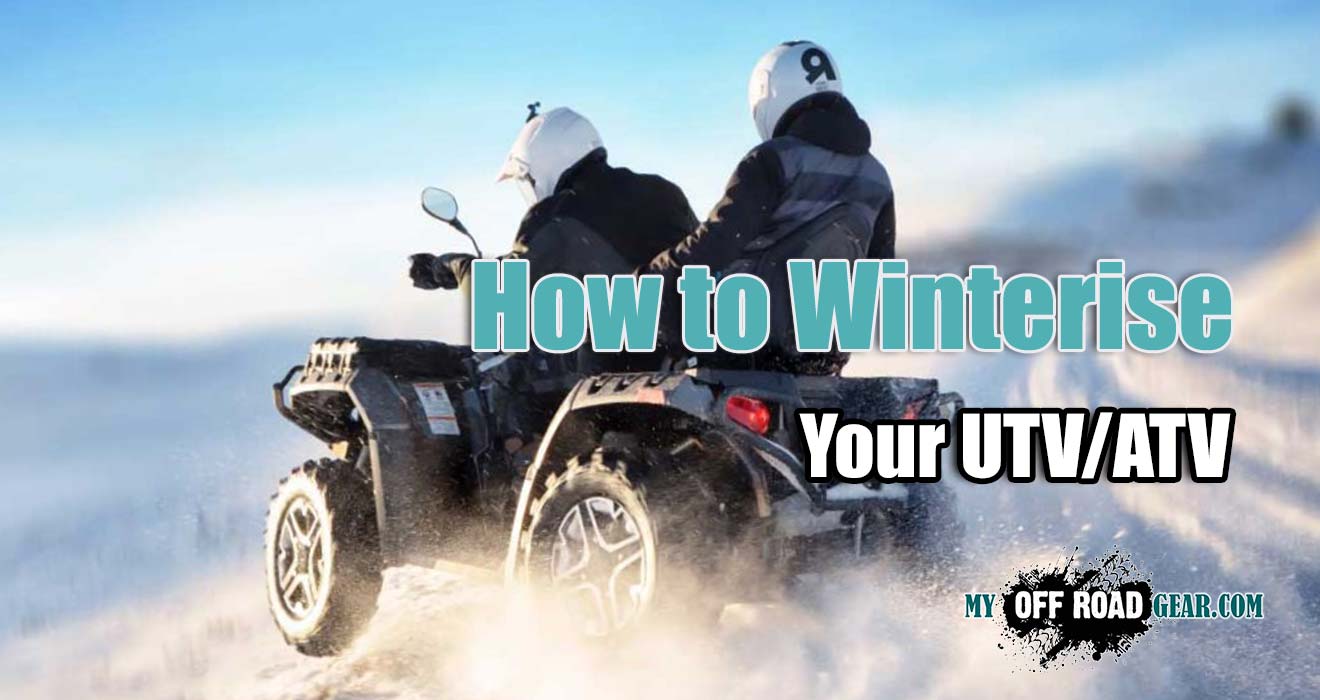
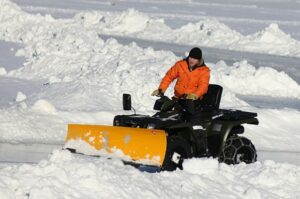
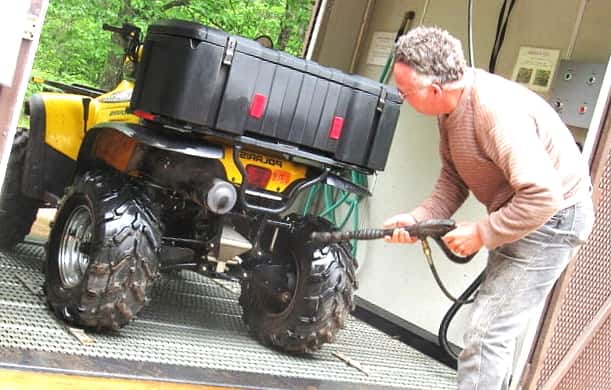
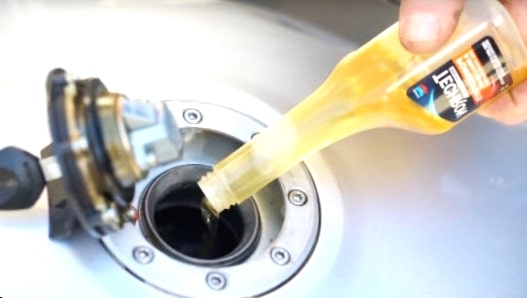
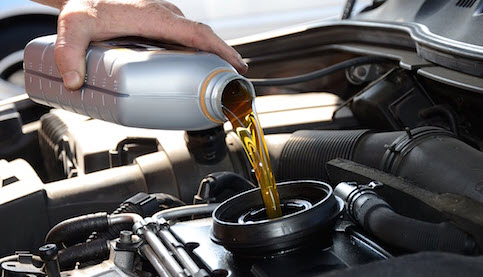
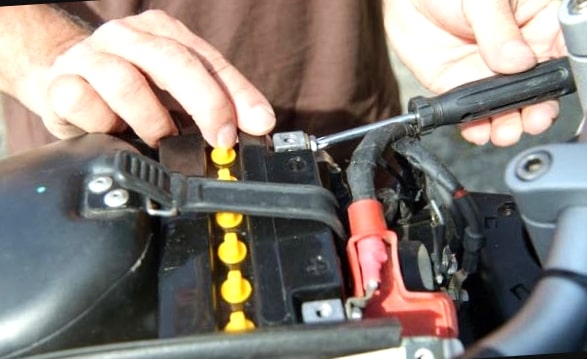
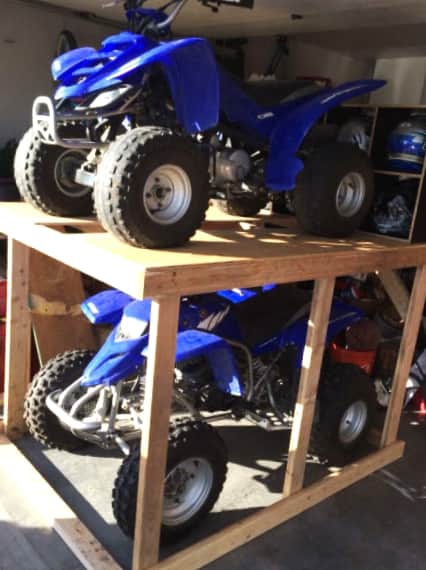

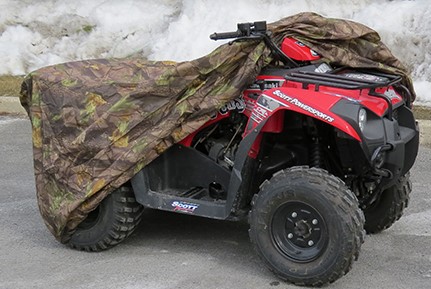
Add Comment